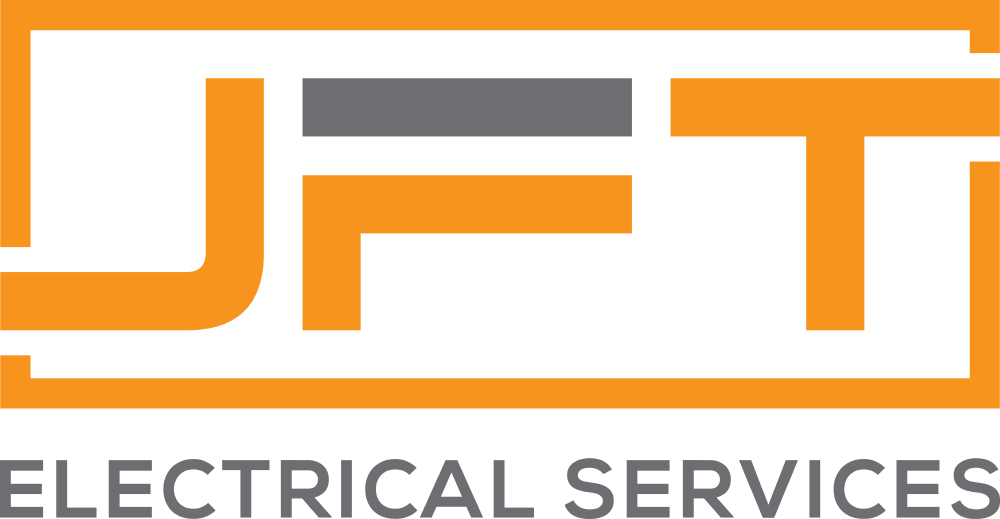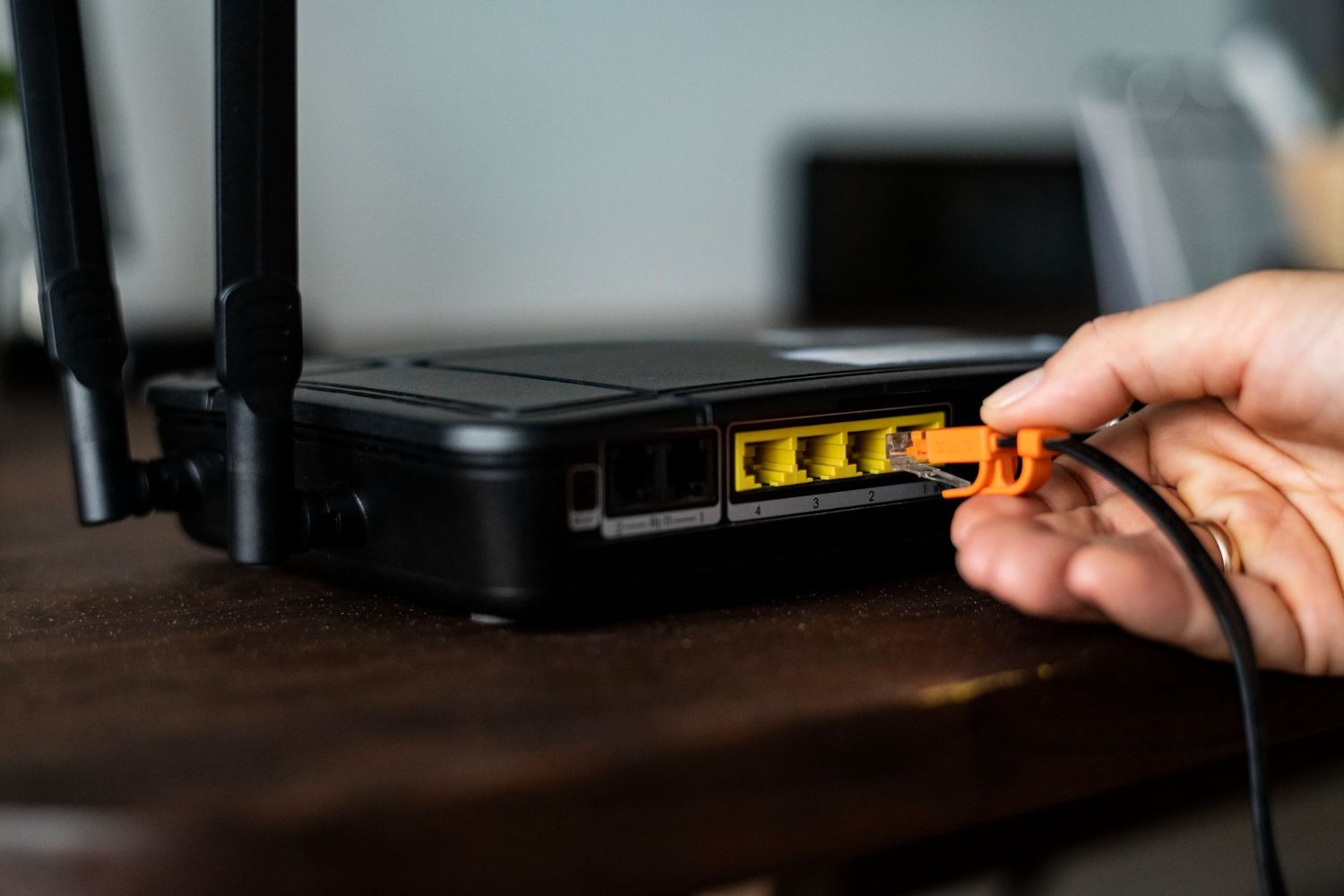In the evolving landscape of business technology, maintaining an organized and efficient network infrastructure is crucial. One key component that plays a pivotal role in the network setup of any business is the patch panel. Often overlooked, patch panels are essential for managing and organizing the myriad of cables that support telephone systems and computer networks. As experts in commercial electrical services, we understand the complexities involved in creating a network that is both scalable and easy to manage.
Patch panels are not just about neatness; they are a vital component of your network's infrastructure that facilitates flexibility and control in connecting different devices or routing data. Whether you're running a small office or a large data center, integrating patch panels into your business network allows for smoother operations and enhanced performance. Our focus is on guiding businesses through the integration of such technologies, ensuring that your telecommunications and internet network infrastructure is up to par with modern standards, thereby avoiding unnecessary downtime and boosting your operational efficiency.
What is a Patch Panel and How Does It Work?
A patch panel is a critical component in the telecommunications infrastructure that serves as a static switchboard, connecting incoming and outgoing lines of a local area network (LAN) or other communication, electronic, or electrical system. In our setup, patch panels are integral to managing and organizing cable connections, enabling us to streamline modifications and alterations without the need to plug or unplug cables directly from equipment. Essentially, patch panels group multiple ports in a single location, providing a tidy, easy-to-manage wiring configuration that simplifies testing and network monitoring.
The fundamental operation revolves around routing circuits. Cables from network devices, such as servers or switches, connect to one side of the panel. The other side hosts cables that link these incoming lines to destinations, typically through a more permanent type of connection. This arrangement not only helps in avoiding clutter but also reduces wear on the input ports of expensive networking devices. By organizing multiple cables in an accessible manner, patch panels make it much easier for us to perform adjustments or to troubleshoot issues without navigating through a tangle of wires.
Key Benefits of Integrating Patch Panels into Your Business Network
Integrating patch panels into your business network can significantly enhance operational efficiency and system manageability. First and foremost, patch panels provide centralization, meaning all cable connections come to one point. This centralization is not just about cleanliness and organization; it facilitates easier, faster, and safer interventions such as cable switching, testing, or problem tracking. Here are some tangible benefits that our tailored patch panel solutions provide:
Enhanced Network Management: By consolidating connections, patch panels make monitoring and managing the network simpler. This organization helps in quickly isolating faults, adding new modules, and modifying connections with minimal disruption.
Reduced Downtime: Effective cable management afforded by patch panels minimizes the risks of cable stress and accidental disconnections, which can lead to network interruptions. With structured cabling facilitated by patch panels, the network is inherently more stable.
Scalability: As your business grows, so does your network. Patch panels are inherently designed to accommodate future expansions easily. Adding new devices or connections can be done without major modifications to the existing network structure.
Cost Efficiency: Despite the upfront investment, the long-term management savings are significant. Patch panels reduce the time and labor involved in handling cable connections, thereby cutting down on maintenance costs.
Each of these benefits contributes directly to more robust and reliable network performance, ensuring that your business communications run efficiently without interruptions. By optimizing our structured cabling solutions, including patch panels, we enhance the scalability and flexibility of your telecommunications infrastructure, preparing your business to meet both current and future needs.
Step-by-Step Guide: Installing a Patch Panel
Installing a patch panel is a crucial step in setting up your business’s telecommunications infrastructure. The process ensures all your systems are linked efficiently and are easy to manage. When we install a patch panel, our focus is on precision and sustainability of the network. We start by choosing the right type of patch panel that suits the specific needs of your business. There are different panels for different types of cables, such as fibre and copper, and it’s essential to select the appropriate one for your network's wiring.
First, we mount the patch panel in a rack that is positioned in a designated area that we often call the server room or network room. The positioning is strategic to minimize cable clutter and to ensure easy access for future checks and maintenance. We then organize the cables - a task that involves running them from their respective ports on the patch panel to devices, servers, or further network connections. Each cable is then carefully terminated at the patch panel ports using the appropriate tools, ensuring secure and stable connections. Labelling each cable and port on the panel is a meticulous step that can't be overlooked as it aids in simple identification during troubleshooting or reconfiguration.
Troubleshooting Common Patch Panel Issues
Despite the best setup practices, issues with patch panels can arise, affecting the integrity of your network. Identifying and resolving these issues promptly ensures the reliability and efficiency of your telecommunications infrastructure. Common issues include loose connections, mislabeling, or damaged cables.
When troubleshooting, we begin by checking the physical connections; ensuring that each cable is firmly attached to the patch panel and the equipment. Loose connections are often the simplest fixes but can cause significant problems if unnoticed. Next, we verify the labelling and documentation to ensure that each cable corresponds to the right port, correcting any errors that might lead to miscommunication between devices. Additionally, testing each connection with a network tester can help pinpoint specific faults in cables or ports, allowing targeted and efficient repairs.
Should a replacement be necessary, we ensure to use only high-quality cables and components that match the existing infrastructure specifications to maintain system integrity. This proactive approach minimizes downtime and supports optimal network performance.
Conclusion
In an age where business operations increasingly depend on digital communication, having a well-organized, reliable network is crucial. Our commitment at JFT Electrical Services extends beyond just installing systems. We ensure your telecommunications setup is robust, scalable, and as seamless as possible, empowering your business communications and operations in South East Melbourne.
From designing a custom-configured patch panel setup to conducting thorough maintenance check-ups, every service we provide is geared towards enhancing your business’s operational continuity and efficiency. Your business deserves the best support to thrive in a competitive environment, and our tailored solutions are here to ensure you achieve just that. Reach out to us at JFT Electrical Services for expert advice, professional installation, and dedicated support, and see how our electrician in Chelsea can transform your business’s telecommunications landscape.
RECENT POSTS:
Quick Links
All Rights Reserved | JFT Electrical Services | Website by GWTH MEDIA



